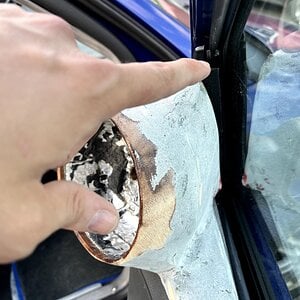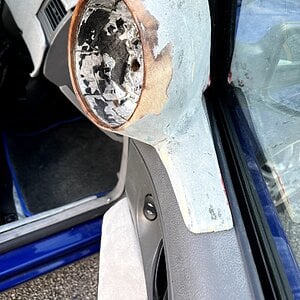sammcleanaudio
Junior Member
Hi All,
Simply put, I need some help tuning my setup. I've had it over a year and as weird as it may sound, I never actually looked into any settings other than the graphical eq on my HU. In recent months, I've been learning what i can around how the frequencies, filters, etc etc all work.
I tried tuning the system following advice not so long ago but I still feel it could be much better.
Here's my setup:
HU: Pioneer MVH8200BT (no manual time alignment but has auto)
AMP: DLS Performance CA31 (3-channel)
Subwoofer: DLS Rw10i (250W RMS)
Fronts: Herts ESK 165 Components (100W RMS)
Yesterday I tried some steps I've found online i.e. matching HU and amp gains by finding the volume at which distortion begins and adjusting the gain accordingly etc, next step being to increase the gain on the sub until it overpowers the fronts, then eliminating higher frequencies from the sub using the LPF.
Although these steps sounded ok to do, I did struggle. Mainly because I struggled to recognise when distortion occured in the front and the sub, even at max volume I wouldn't say the speakers distorted as such, just killed my f***** ears.
Also, I struggled to decide which track to listen to for tuning aswell. I listen to a lot of DnB but also pop, reggae, dance music, and so deciding on a suitable track was difficult.
If anyone can offer any advice as to how I can go about setting up my system correctly I would be extremely grateful - i've heard a correctly tuned system and the result is amazing and I think it's achievable with the kit I've got.
Many thanks in advance!
Simply put, I need some help tuning my setup. I've had it over a year and as weird as it may sound, I never actually looked into any settings other than the graphical eq on my HU. In recent months, I've been learning what i can around how the frequencies, filters, etc etc all work.
I tried tuning the system following advice not so long ago but I still feel it could be much better.
Here's my setup:
HU: Pioneer MVH8200BT (no manual time alignment but has auto)
AMP: DLS Performance CA31 (3-channel)
Subwoofer: DLS Rw10i (250W RMS)
Fronts: Herts ESK 165 Components (100W RMS)
Yesterday I tried some steps I've found online i.e. matching HU and amp gains by finding the volume at which distortion begins and adjusting the gain accordingly etc, next step being to increase the gain on the sub until it overpowers the fronts, then eliminating higher frequencies from the sub using the LPF.
Although these steps sounded ok to do, I did struggle. Mainly because I struggled to recognise when distortion occured in the front and the sub, even at max volume I wouldn't say the speakers distorted as such, just killed my f***** ears.
Also, I struggled to decide which track to listen to for tuning aswell. I listen to a lot of DnB but also pop, reggae, dance music, and so deciding on a suitable track was difficult.
If anyone can offer any advice as to how I can go about setting up my system correctly I would be extremely grateful - i've heard a correctly tuned system and the result is amazing and I think it's achievable with the kit I've got.
Many thanks in advance!


